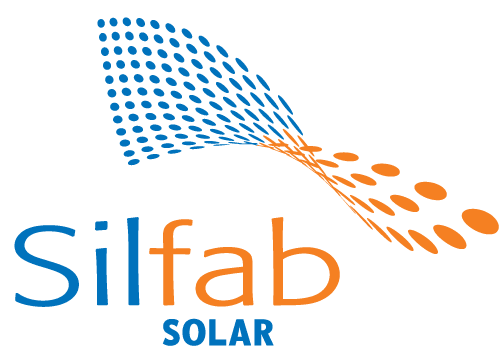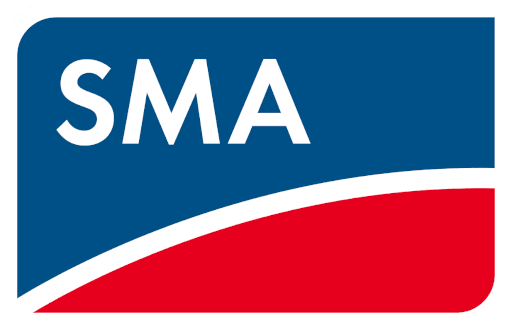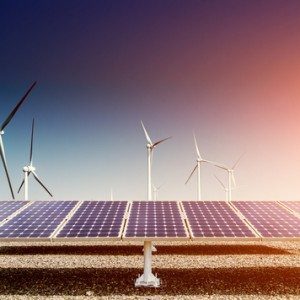
The adoption of solar energy as a renewable source is rapidly gaining traction in both residential and commercial applications. Observations over the past few years show a steady increase in solar panel installations, surpassing some of the promising alternate energy sources. There are clear indications that solar is likely to be the leading energy source in the coming years.
What is driving the growth in solar adoption?
Affordability: In the early years of solar power innovation, the cost of installing solar panels was exorbitant. What’s more, compared to the relatively limited amount of energy the panels could produce at the time, the cost to benefit ratio was minimal. In recent years, however, the cost of solar power panels has come down significantly. At the same time, the amount of electricity generated per
solar power panel has increased to make it a cost-effective source of energy.
Green Energy: The need to protect the environment has gained momentum in the past few decades. In this regard, environmentalists have promoted the adoption of solar power as an alternate energy source; encouraging many home and business owners to make the shift to solar energy.
The Latest Milestones in Solar Industry
The U.S. has, without a doubt, been a leader in the solar industry for sometime now. The various solar companies in the country have spearheaded innovations that have made solar power more attractive and acceptable for both home and commercial applications. Unlike the second-most influential solar panel producer, China, U.S. companies have posted excellent results especially with regard to solar efficiency. Below is a look at some of the recent record-breaking events in the solar industry.
1. Number of solar installations – 7.3 GW and counting…
The announcement by GTM Research and the Solar Energy Industries Association, citing the number of solar installations in the United States in 2015 at a historic 7,286 megawatts of solar PV sets a new record in the quest for renewable energy. This represents a 14% increment from the installations in 2014, and certainly a great improvement in solar uptake compared to the measly 385 megawatts recorded in 2009.
Needless to say, California was the leading State in the number of solar installations, followed by North Carolina, Nevada, Massachusetts, and New York in the top five, respectively.
2. SunPower efficiency
Solar efficiency has been a major target for
solar panel manufacturers, with the aim being to produce maximum electricity from each solar panel. One of the leading solar panel manufacturers in the US, SunPower, reported an impressive 22.8% solar efficiency in its X22 panels. Following confirmation by the National Renewable Energy Laboratory, SunPower solar panels hold the record in achieving efficiency in recent years, having reported a similarly impressive 19.5% efficiency in 2010.
3. First Solar Efficiency
First Solar, also a U.S. solar panel manufacturer, announced their own solar efficiency record for their CdTe solar cell – 22.1%.
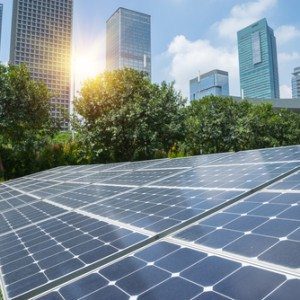 Solar is one of the renewable energy strategies that can earn you LEED certification. Among the various LEED system rating categories, solar falls under the “Energy & Atmosphere” category. By implementing solar power system strategies in your home or business, you stand to gain up to 8 LEED points under the “On-Site Renewable Energy” (EA Credit 5) credit. The number of LEED points earned is dependent on the percentage of energy costs that you have managed to offset through your on-site renewable energy initiatives. The calculation is basically the percentage of energy produced by renewable energy systems compared to the total annual energy cost in your building.
Solar is one of the renewable energy strategies that can earn you LEED certification. Among the various LEED system rating categories, solar falls under the “Energy & Atmosphere” category. By implementing solar power system strategies in your home or business, you stand to gain up to 8 LEED points under the “On-Site Renewable Energy” (EA Credit 5) credit. The number of LEED points earned is dependent on the percentage of energy costs that you have managed to offset through your on-site renewable energy initiatives. The calculation is basically the percentage of energy produced by renewable energy systems compared to the total annual energy cost in your building.

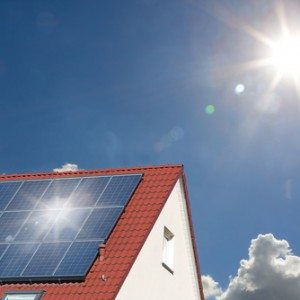 The number of solar panel installations has, in recent years, surged significantly – with the estimated number of solar power system installations in both homes and commercial premises rapidly approaching the million mark. However, this is surprising since the total national solar electric capacity, which currently stands at 22,700 megawatts, is sufficient to power about five times more homes. The big question then, why aren’t more homes and businesses switching to the solar panel system to cater for their everyday power needs? Well, the indifference can partly be attributed to some misconceptions surrounding solar power. Below are some of the commonly misunderstood issues.
The number of solar panel installations has, in recent years, surged significantly – with the estimated number of solar power system installations in both homes and commercial premises rapidly approaching the million mark. However, this is surprising since the total national solar electric capacity, which currently stands at 22,700 megawatts, is sufficient to power about five times more homes. The big question then, why aren’t more homes and businesses switching to the solar panel system to cater for their everyday power needs? Well, the indifference can partly be attributed to some misconceptions surrounding solar power. Below are some of the commonly misunderstood issues.
 The adoption of solar energy as a renewable source is rapidly gaining traction in both residential and commercial applications. Observations over the past few years show a steady increase in solar panel installations, surpassing some of the promising alternate energy sources. There are clear indications that solar is likely to be the leading energy source in the coming years.
The adoption of solar energy as a renewable source is rapidly gaining traction in both residential and commercial applications. Observations over the past few years show a steady increase in solar panel installations, surpassing some of the promising alternate energy sources. There are clear indications that solar is likely to be the leading energy source in the coming years.
 Whether you’re considering a solar panel system for your home or you already have one installed, you may have wondered how well it will work on days when there isn’t bright sun or there’s particularly inclement weather. It’s actually a very reasonable inquiry, as most people think of solar panels as functioning ideally in bright sunlight, which is not necessarily available continuously or even for a majority of the day in all geographic areas. In certain regions, at certain times of the year, such as the far north in winter, the sun may set in the late afternoon and not rise again until well into the next morning.
Whether you’re considering a solar panel system for your home or you already have one installed, you may have wondered how well it will work on days when there isn’t bright sun or there’s particularly inclement weather. It’s actually a very reasonable inquiry, as most people think of solar panels as functioning ideally in bright sunlight, which is not necessarily available continuously or even for a majority of the day in all geographic areas. In certain regions, at certain times of the year, such as the far north in winter, the sun may set in the late afternoon and not rise again until well into the next morning.





